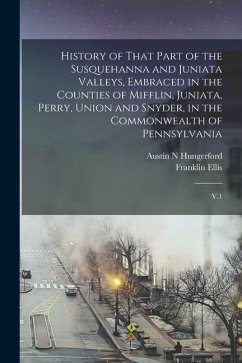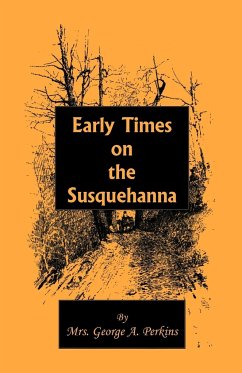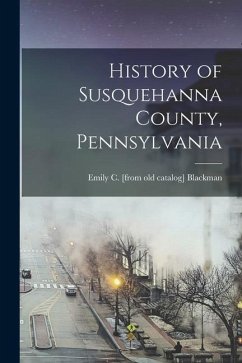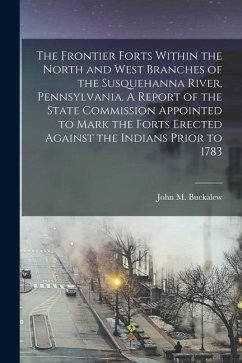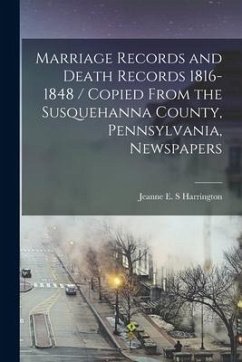
Crossing with the Clarks
A History of a Scottish Family's Ferries and Tavern on the Susquehanna River
Versandkostenfrei!
Versandfertig in 1-2 Wochen
16,99 €
inkl. MwSt.

PAYBACK Punkte
8 °P sammeln!
After the Northwest Territory opened in 1787, a wave of pioneer expansion took place in the Commonwealth of Pennsylvania. New turnpikes were constructed to accommodate the ever-increasing number of settlers moving west. The history of Clark's successful ferry and tavern businesses reflect an increase in the demand for ferry and tavern services brought about at the turn of the nineteenth century by increasing western migration and new road systems. In Crossing with the Clarks, the history of Clark's Ferries and Tavern on the Susquehanna River is traced from 1766 until the present. It traverses ...
After the Northwest Territory opened in 1787, a wave of pioneer expansion took place in the Commonwealth of Pennsylvania. New turnpikes were constructed to accommodate the ever-increasing number of settlers moving west. The history of Clark's successful ferry and tavern businesses reflect an increase in the demand for ferry and tavern services brought about at the turn of the nineteenth century by increasing western migration and new road systems. In Crossing with the Clarks, the history of Clark's Ferries and Tavern on the Susquehanna River is traced from 1766 until the present. It traverses the rise and demise of their ferry service and fate of the tavern building through five time periods: Pre-ferry and tavern, 1766-1787 Early ferry and tavern, 1787-1802 Peak ferry and tavern, 1802-1836 Post-ferry, 1836-1875 Post-tavern, 1875-present The book also contains a contemporary architectural study of the tavern to determine what remains of Clark's original tavern building.





